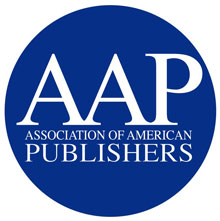February 22, 2017
AAP Proposes Solutions to “Whac-a-Mole” Online Infringement for a More Sustainable Online Environment

Advocating for the improvement of the current notice-and-takedown framework to address online copyright infringement is a key priority for AAP and our member organizations. As part of our ongoing work in this area, AAP filed a second round of comments with the U.S. Copyright Office regarding the application of section 512 under the copyright law and in practice.
In particular, AAP encourages the Copyright Office to seriously consider our proposals to address the so-called “whac-a-mole” phenomenon – the cyclical “re-uploading” of protected works, including books and related content, that compels our members to send repeat notifications to websites, requesting over and over again that the sites take down the unauthorized copies at issue. The AAP has been actively focused on the question of how to improve the take down system, working tirelessly with a variety of stakeholders, agencies, and Congressional Offices. AAP is grateful to the many Members of Congress who highlighted the problem of repeat uploads and takedowns during copyright review hearings.
Cooperation between Internet service providers (ISPs) and the creators and distributors of popular cultural works to combat online infringement is necessary for the Internet to flourish as a uniquely abundant and accessible marketplace. This was what Congress originally intended when it implemented the 512 provisions; however, they are not working as planned, and change is necessary. The time is now ripe for Congress to hear specific ideas on what it could do to move towards a more sustainable online ecosystem for all stakeholders. In our comments, we ask the Copyright Office to provide Congress with legislative and policy recommendations to address the “whac-a-mole” issue effectively and in a way that accommodates the broad diversity of actors in the online ecosystem.
You can read AAP’s full submission here.
